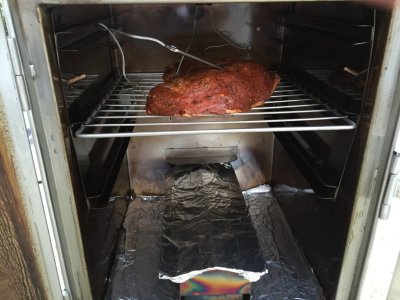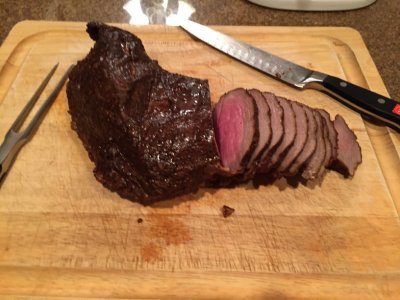Ken,
I never experienced combustion in my #1. But, when I started using the #2, I had the infamous "belch!" Even using good-quality wood, I would get combustion. So, to counter this, I started promoting the "ramp up" method, but have since gone to a little piece of foil on the bottom of the wood as a much easier solution. The slow ramp-up method was a solution to a problem (I was determined to counter the "belch"), but it wasn't the best solution, in my opinion.
Here's what I was thinking: By ramping the temp up slowly, you allow the wood to start to smolder, and then "relax," or cool a bit, before blasting it with the element again. Going straight to 225, with the bigger element of the #2, I would almost always have wood combust. So, the "ramp up" method was born. During winter months, this worked well, because it seems to take about 75° of temp rise (from ambient) to start getting smoke. Once the weather warmed up, and the smoker started at a higher ambient temp, it didn't work as well. Taking the smoker to 140, when it started at 70+, wouldn't get the wood smoking soon enough for me. Que the foil...
I tried the little piece of foil on the bottom of the chunks in hot weather, cranked that baby up to cooking temp (225), and let 'er rip! No bad smoke, no belch, just thin blue smoke!
Bottom line - some folks don't ever encounter this phenomenon, but I do, so I found one solution, and copied another. To me, ramping up the temp is time-consuming, and prolongs the smoke. The foil works well, and that's all I do now.
Hope this helps clear it up!


